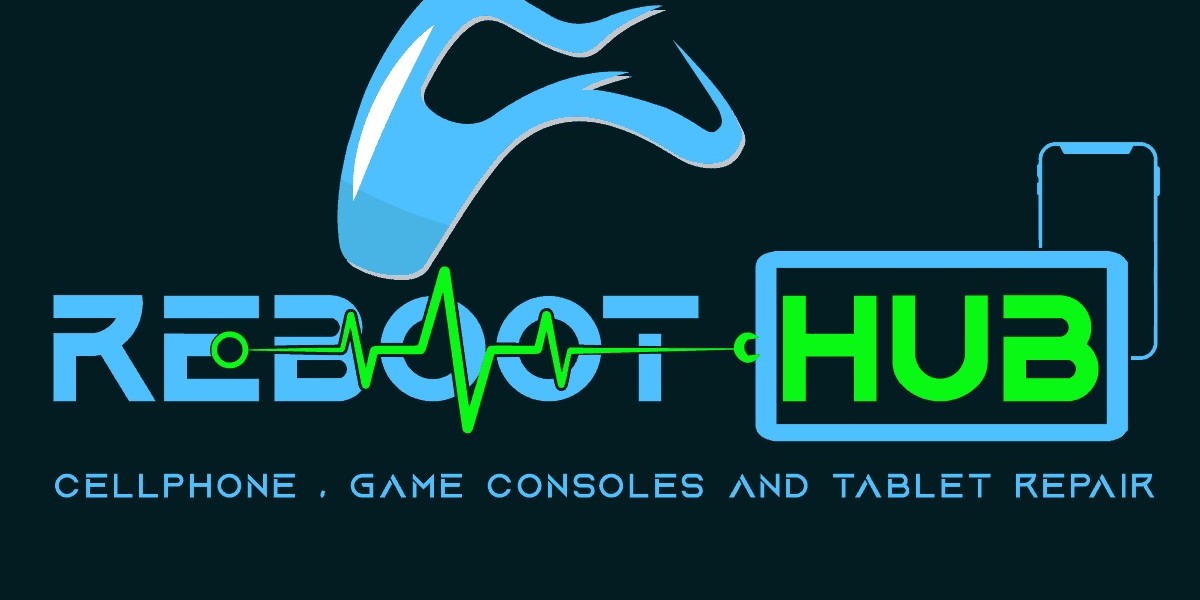When it comes to iPhone repair finding the right solutions and guidance is crucial. Whether you’re dealing with a cracked screen, battery issues, or software glitches, this guide will walk you through everything you need to know about fixing your iPhone. Our goal is to provide detailed, actionable advice to help you restore your device to optimal performance.
Understanding Common iPhone Issues
1. Cracked or Broken Screen
A cracked screen is one of the most common issues iPhone users face. Dropping your phone can lead to visible damage, compromising both aesthetics and functionality.
- Symptoms: Shattered glass, unresponsive touch screen, or display distortion.
- Fix Options:
- DIY Repair: Purchase a replacement screen kit online. Ensure it matches your iPhone model and follow detailed video tutorials.
- Professional Repair Services: Local repair shops or Apple-certified technicians can replace the screen with original parts, ensuring quality.
- AppleCare+: If you have AppleCare+, screen repairs are often covered for a small service fee.
2. Battery Draining Quickly
Over time, iPhone batteries degrade, leading to shorter battery life.
- Symptoms: Frequent charging, unexpected shutdowns, or rapid battery percentage drops.
- Fix Options:
- Battery Health Check: Navigate to Settings > Battery > Battery Health to evaluate performance.
- Battery Replacement: Replace the battery through Apple or a trusted third-party provider.
- Power-Saving Tips:
- Lower screen brightness.
- Turn off background app refresh.
- Enable Low Power Mode.
3. Software Glitches and Freezing
Software issues can cause your iPhone to freeze, crash, or behave erratically.
- Symptoms: Apps not responding, system lag, or random restarts.
- Fix Options:
- Restart Your iPhone: A simple restart can resolve minor glitches.
- Update iOS: Check for the latest iOS updates in Settings > General > Software Update.
- Reset Settings: Go to Settings > General > Reset > Reset All Settings.
- Factory Reset: As a last resort, back up your data and restore your iPhone to factory settings.
4. Water Damage
Accidentally dropping your iPhone in water can cause significant damage if not addressed promptly.
- Symptoms: Unresponsive buttons, distorted audio, or inability to charge.
- Fix Options:
- Immediate Action: Power off the device and dry it thoroughly with a microfiber cloth. Avoid using a hairdryer as it can push moisture further inside.
- Use Silica Gel Packets: Place the phone in a sealed bag with silica gel packets to absorb moisture.
- Professional Repair: For severe damage, consult a repair specialist experienced in water-damaged devices.
5. Charging Problems
If your iPhone isn’t charging properly, it could be due to hardware or software issues.
- Symptoms: Slow charging, inability to charge, or charger not recognized.
- Fix Options:
- Check the Charging Port: Remove dust or debris from the port using a soft brush or compressed air.
- Use Certified Accessories: Always use MFi-certified cables and chargers.
- Reset iPhone: Restart your device to rule out software glitches.
DIY vs. Professional Repair: Which is Better?
Advantages of DIY Repairs
- Cost-Effective: DIY repairs are often cheaper than professional services.
- Convenience: Fix minor issues at home without visiting a repair shop.
- Learning Opportunity: Gain hands-on experience and knowledge about your device.
When to Choose Professional Repair
- Complex Repairs: For issues like motherboard damage or Face ID failure, professional expertise is essential.
- Warranty Protection: Repairs done by Apple or authorized providers maintain your warranty.
- Quality Assurance: Professionals use genuine parts for better performance and longevity.
Preventive Tips to Avoid iPhone Repairs
- Invest in Protective Accessories: Use a durable case and screen protector to prevent physical damage.
- Regular Software Updates: Keep your iPhone updated to avoid software vulnerabilities.
- Clean Your Device: Periodically clean your phone and charging port to prevent buildup.
- Avoid Extreme Temperatures: Keep your phone away from excessive heat or cold to protect internal components.
- Backup Your Data: Regularly back up your data to iCloud or a computer to safeguard against potential loss.
Choosing the Right Repair Service
When selecting a repair service, consider the following:
- Reputation: Read reviews and testimonials to ensure quality service.
- Warranty: Check if the service includes a warranty for repairs.
- Turnaround Time: Opt for services that offer quick repairs without compromising quality.
- Pricing: Compare costs across providers, but prioritize quality over affordability.
Conclusion
Fixing your iPhone doesn’t have to be daunting. By understanding common issues and their solutions, you can effectively troubleshoot and repair your device. Whether you opt for DIY fixes or professional services, taking prompt action ensures your iPhone remains functional and reliable.









